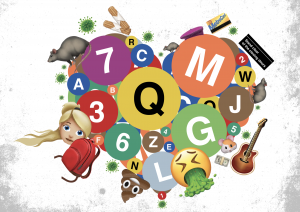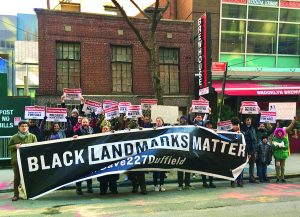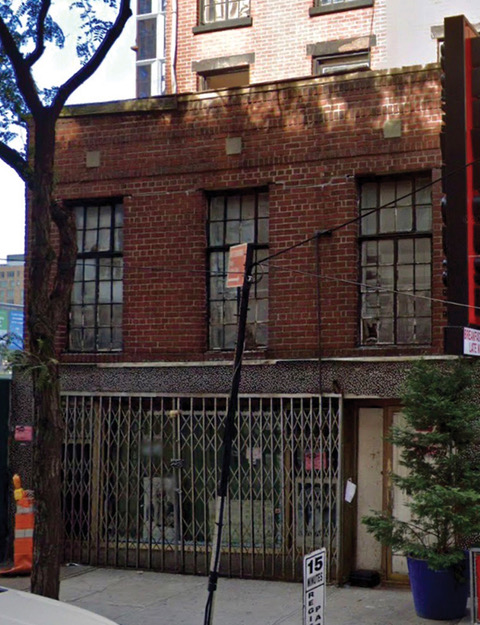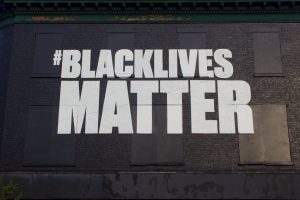
Dear Subway,
It’s been a while since we’ve seen each other, I know. Nine months, to be exact. In the period of time since my last ride, I could have gestated a human life. I’ve gestated human lives on three different occasions so I know how long of a span that is. It’s an eternity.
I know you’re still there, just like you used to be. I can feel the vibrations of your rumbling, four stories below me when I sleep. And I know you’re pretty safe to ride. I’ve heard the positive reports of mask compliance. It’s not that I’m intentionally trying to avoid you. It’s just that I have no place to go. Where would you even take me?
My life has become hyper-local. I barely even leave my zip code anymore. Park Slope has everything one might need, though not everything one might want. But, these days, no one’s getting what they want, and plenty aren’t getting what they need either. So, I’ve relied on my feet to take me where I have to go. It’s worked well enough. Except . . .
I miss you, subway.
I miss your velocity. I miss your density, even. I miss your rattling, your thundering, your lurching. I miss indecipherable announcements. I miss “Stand Clear of the Closing Doors.” I miss darting through those closing doors with my kids, and telling them the story of my friend Carli, from high school. How, on our afterschool commute one day, she did not stand clear of the closing doors, so they slammed shut on the straps of her backpack and her super-long banana-colored hair. The train zoomed out of the station, with her hair and her backpack on the outside of the car. Carli thought it was hilarious. She did high kicks like a Rockette.
“Mom, you’ve told us that story a hundred times,” my kids would
say.
“I know, “ I’d always reply. “But it’s a good story.”
Subway, I miss your chance encounters, your platform churros, your candy purveyors. I miss your potentiality, the assurance that absolutely anything could happen.
I do not miss your track rats. I hate rats.
I also do not miss the mysterious piles of feces on your platforms, which I always tell myself are animal turds, even though I suspect they are of human origin – and what’s the difference really, right? Except, well, there is a difference.
Still, even with your rats and mystery feces, subway, I can’t wait until I see you again.
I’m sitting here, trying to think of my favorite moment we’ve shared. The most memorable moment by far, was when my son, known in these parts as Primo, my daughter, Seconda and I were leaping onto a G train, coming home from Cobble Hill. Just as we were jumping on, a passenger scrambled to get off. At the time, I wasn’t sure why he was rushing out of his seat with such urgency but a moment later, it became clear, when he vomited directly onto 7-year-old Primo’s T-shirt. The passenger made it off, the train doors closed, and Primo, looking down at his chest, let forth a bloodcurdling, horror-movie scream. We still think twice before getting on the G train.
I also don’t miss the subway vomit.
Our relationship has spanned four decades and it’s hard to pick a favorite moment. In my childhood, I had eye-opening moments of discovery. In my adolescence, I had up-to-no-good moments. In my twenties, I had cinematic rom com moments. But my favorite . . .
Do you remember the afternoon in early spring, four years ago, when I got on the R train to take Seconda to get her very first pet? She was nine, had been begging for a hamster for months, and finally, I’d relented. We were en route to the Union Square Petco and she was in high spirits, bouncing up and down in the orange plastic seat, chatting a mile a minute. When a subway performer got on somewhere around City Hall, she was delighted. As we rumbled into the Prince Street station in Soho, he played “Raspberry Beret” and the passengers came to life, clapping and whooping; Prince had died only weeks before.
One of the things I love most about you, subway, is that there is nothing more intoxicating than sharing a collective moment shared in the tight, dense, no-exit space of your train car. Most often, it’s a collective annoyance we feel – when the train car slows to a stop in a tunnel and the conductor assures us we will be moving shortly, but we know that shortly is a relative term if ever there was one. Passengers sigh, grumble, exchange exasperated glances. The irritation is shared by all. We are together in this.
Occasionally, that collective moment can be upsetting. I’ll never forget the homeless woman who walked into my train car a few years ago, asking for money, only to be ignored by all.
“Look at me!” she yelled, her voice raw and urgent.
No one looked.
“I’m a human being!” she yelled. “And you’re animals! Animals! All of you!”
It was a heavy moment, weighted with guilt, shame, fear, complicity — and we were together in that moment too.
But that spring afternoon on the train to Union Square, the collective moment was anything but heavy. We were floating – my daughter on the wings of anticipation and me, on the satisfaction of making her happy.
“She wore a raspberry beret,” the busker crooned, leaning on a pole. “The kind you find in a secondhand store.”
We clapped, we laughed and in doing so, we memorialized the musical giant who was gone, but not all the way gone because here was his music, very much alive, providing a Prince Street soundtrack.
As we pulled out of Astor Place, the performer, having finished the song, collected tips from passengers, including my daughter. He saw her bright smile and he returned it with a massive grin of his own — the kind we never get to see anymore because of masks,
“This one’s for you,” he told her, as he started strumming a set of familiar chords.
“I’ve got sunshine,” he sang, looking straight at her. “On a cloudy day.”
My daughter glanced up at me, her electric blue eyes twinkling. “Are you getting this?” they said.
I put my arm around her shoulders and squeezed. I was getting it.
“When it’s cold outside,” he crooned. “I’ve got the month of May.”
Maybe people were still riding the wave of good feeling from “Raspberry Beret” or maybe it was the huge gap-toothed smile that took over Seconda’s face, or maybe it was just that the singer was singing the hell out of the song, pouring himself into it, all of him. Either way, people clapped along.
“I guess you’d say,” he sang, “What can make me feel this way?”
He stopped strumming, pointed at Second and sang a cappella. “My girl, my girl, my girl”
My girl — our girl — giggled, a giggle so effervescent it could’ve powered a hot air balloon.
I have never been more in love with this city, my always and ever city. I’ve never been more in love with you, subway,
I was with my girl, and I was with my fellow New Yorkers, too. Despite the many, incessant forces that keep us apart, we were all together in this moment, a perfect, magical moment that could never happen anywhere else. It couldn’t happen in a Walmart, or a strip mall. It couldn’t happen in an elevator, or on a street corner, or in a bodega. It could only happen on a New York City subway.
One day soon, we will meet again. I’ll swipe my Metrocard, descend a dingy staircase, avoid mysterious fecal matter, steer clear of the rats. I’ll wait for the train, with my indomitable, impatient New Yorkers and when it comes, I’ll think of Carli and I’ll stand clear of the closing doors.
I can’t wait for that velocity again. That freedom.
Until then,
Fondly,
Nicole
Artwork by Heather Heckel



